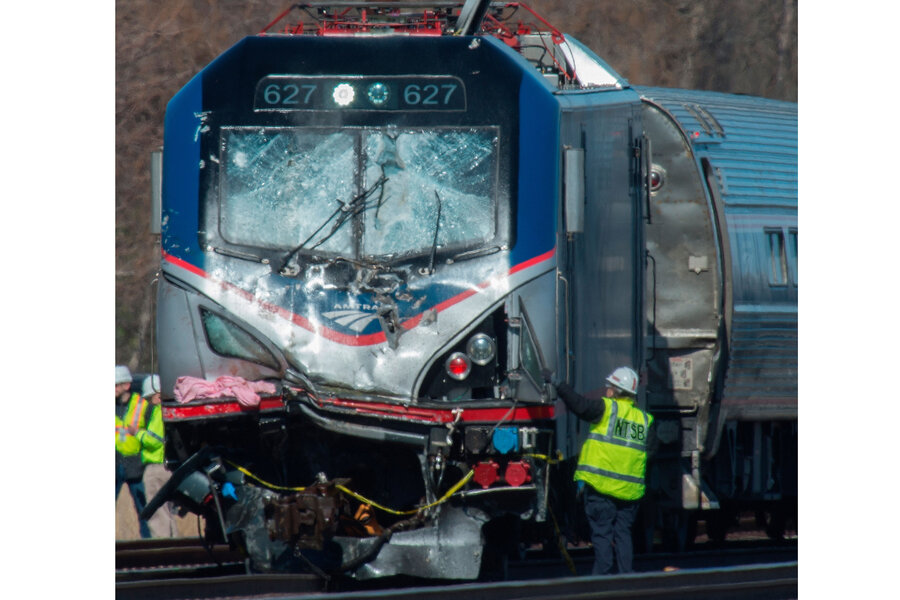How technology could have prevented Philly Amtrak disaster
Loading...
Reports that a fatal train derailment last May may have been prevented with new technology may add public urgency to the push for new safety technology on America's railroads, adding momentum to a debate that has been dragging on unresolved for years.
Investigators at a federal hearing Tuesday said their findings on the May 12, 2015, accident that killed eight train passengers demonstrated the need for positive train control (PTC) technology, a GPS system to prevent collisions by slowing trains down in key areas, Jason Laughlin and Jonathan Tamari reported for the Philadelphia Inquirer.
"The takeaway from the [National Transportation Safety Board] hearing was the importance of the new technology," David Graham wrote for the Atlantic. "But as [NTSB Vice Chair Bella] Dinh-Zarr pointed out, NTSB has been advocating for PTC since 1970. So far, neither railroads nor regulators are listening closely."
Brandon Bostion, the engineer who derailed the Amtrak train near Philadelphia, was a long-time train enthusiast who knew his route well, investigators said. When he heard news from the radio that a rock-thrower had smashed the windshield of a train in his area, Mr. Bostion was concerned for the other train and its engineer. Distracted for a few, crucial moments, Bostion lost track of where the train was on a curve. Instead of slowing down to 50 mph, the engineer accelerated toward the straightaway-speed limit of 110 mph, the Associated Press reported.
"Unless PTC is implemented soon, I'm very concerned that we're going to be back in this room again, hearing investigators detail how technology that we have recommended for more than 45 years could have prevented yet another fatal rail accident," NTSB chairman Christopher Hart said during the hearing.
Safety advocates have pushed for various types of positive train control for decades, yet installation has been slow. The high-profile nature of last year's accident near Philadelphia, among other derailment accidents that investigators say PTC would have prevented, may put the nation's railways on track for PTC implementation.
"The government and industry have not acted for decades on a well-known safety hazard," Ms. Dinh Zarr said during the hearing.
Congress has been pushing this technology, which NTSB investigators vehemently insisted would have saved lives in this and 145 other cases since 1969, for years. In 2008, Congress required every railroad offering passenger service or hazardous materials through cities to install PTC by 2015. Most railroads missed the deadline. For Amtrak, it was a question of money, and while other railroads resisted for their own reasons, the deadline was delayed to 2018.
Since the May 2015 accident, Amtrak has installed PTC along the derailment site near Philadelphia and throughout the Northeast Corridor. Amtrak was among the first railroads to begin implementing PTC, but as the system involves a set of standards that must be coordinated among both tracks and trains, it is still not completely installed nationwide, wrote members of the Federal Railroad Administration's Office of Safety for the publication Mass Transit:
It is not the case that PTC is readily available 'off the shelf' merely because most of its electronic components already exist....There is universal agreement that the cost of implementation and deployment of PTC is significant and that the safety benefits, while important, are small in relation to the costs. Implementation costs by the railroads for just 100,000 miles of track would likely require upfront capital outlays by the railroads in excess of $2.3 billion.








